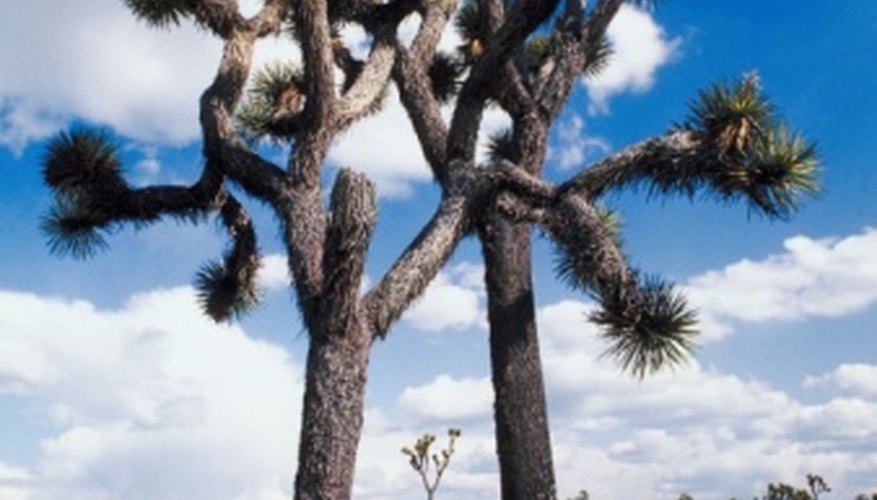Cold Desert Animals Adaptations
Cold Desert Animals Adaptations. They have developed special adaptations to withstand the cold temperatures, like the presence of very thick fur and the inability to sweat. Other desert animals have different adaptations.

But mammals are more likely to. After staying in the desert for winter the deer travel back for summer. Have long, thick hair that insulates them during cold nights and protects them from the hot sun during the day;
The Camel Is Well Adapted In The Harsh Desert Environment.
Jackrabbits have large ears that keep them cool by spreading out their body heat. The fennec fox is another animal that has kidneys adapted to retain more water. Fennec foxes have thick fur on the bottoms of their feet so they can walk on the hot desert ground.
Many Desert Animals Avoid The Heat Of The Desert By Simply Staying Out Of It As Much As Possible.
After staying in the desert for winter the deer travel back for summer. Thick, waxy skin to reduce loss of water and to reflect heat. Adaptation of desert animals camel:
Spikes Protect Cacti From Animals.
Whereas foxes, kangaroo rats, pocket mice, jackrabbits, and badgers are commonly seen in cold desert regions. For example, both the addax antelope and camel's kidneys are able to concentrate their urine, making it possible for their bodies to retain more water. In some animals, the kidneys are well adapted to prevent water loss.
Animals Living In Cold Or Temperate Deserts Have Thick Exoskeletons To Protect Them From The Cold Dry Winds.
Cold deserts, also called temperate deserts, are located in the temperate latitudes of earth. Not all deserts are hot. Animals living in cold or temperate deserts have thick.
Have Long, Thick Hair That Insulates Them During Cold Nights And Protects Them From The Hot Sun During The Day;
Hairy paws for walking on hot sand; Have thick fur on feet protecting them from the hot ground; Other desert animals have different adaptations.
Post a Comment for "Cold Desert Animals Adaptations"